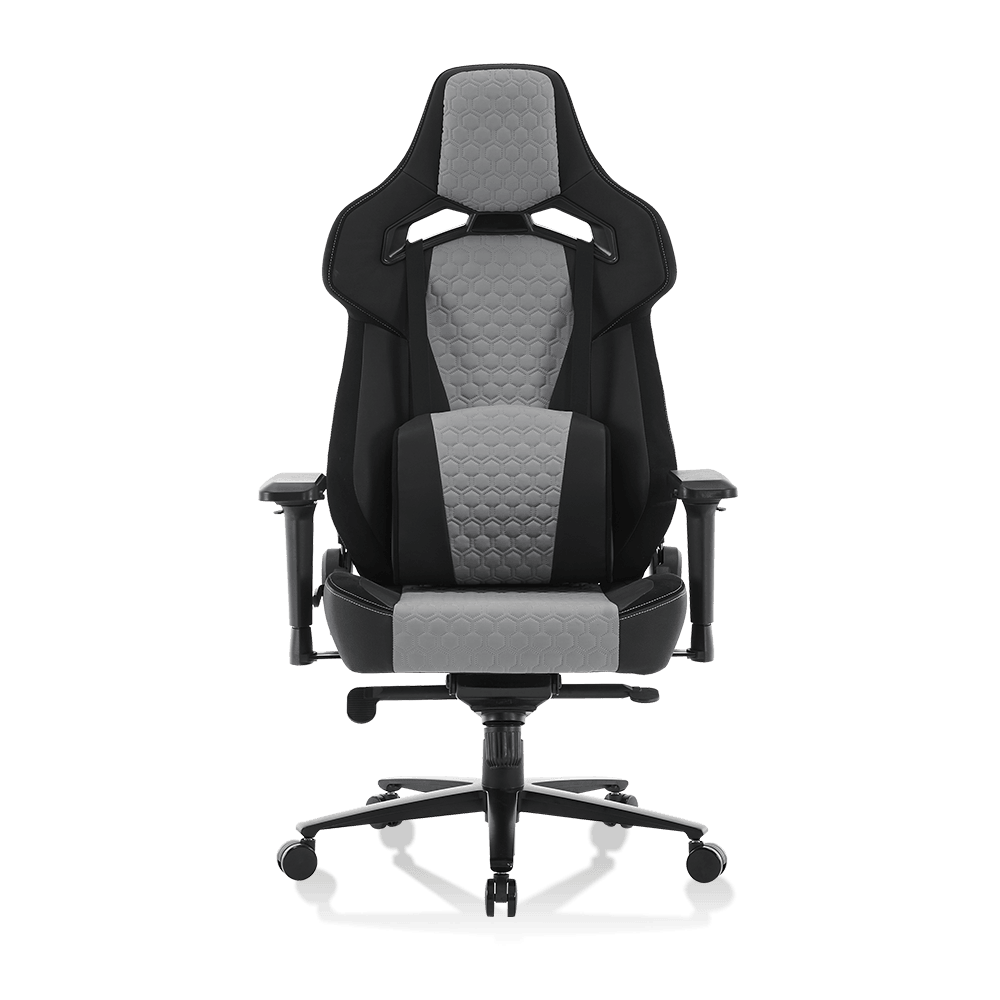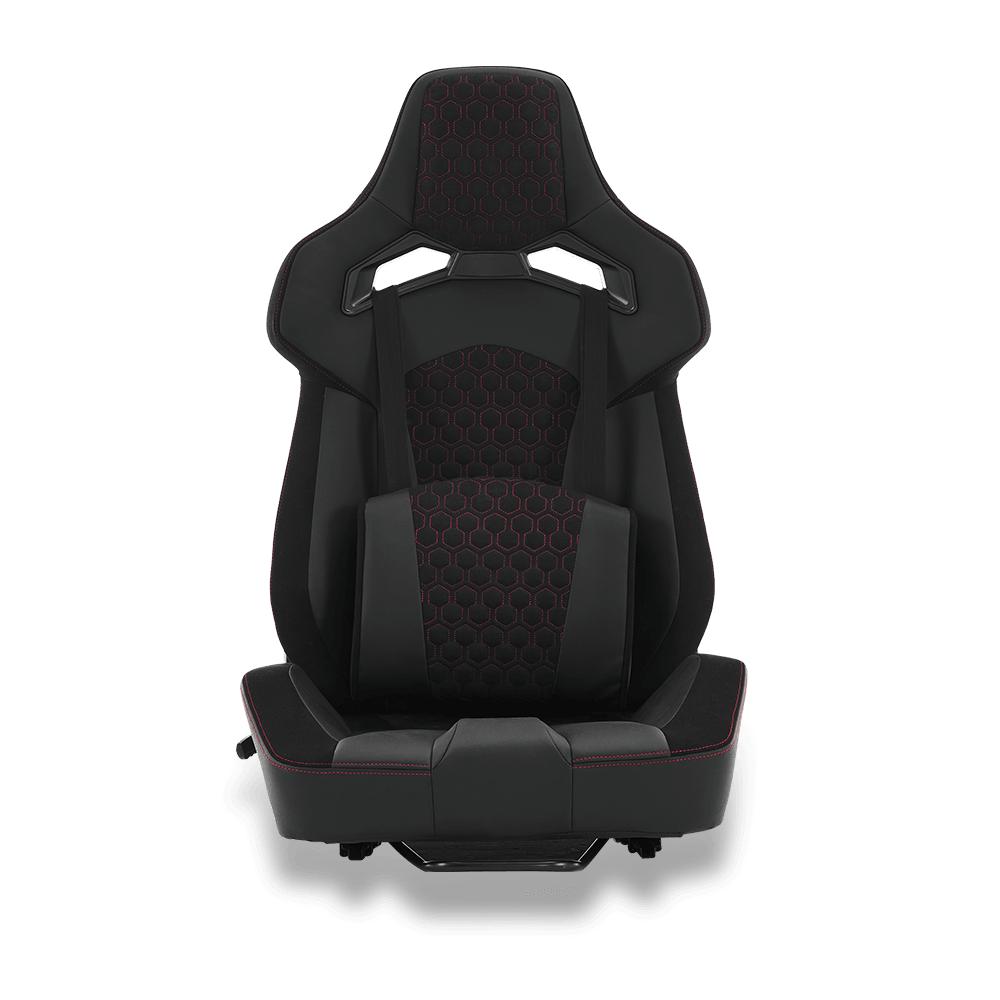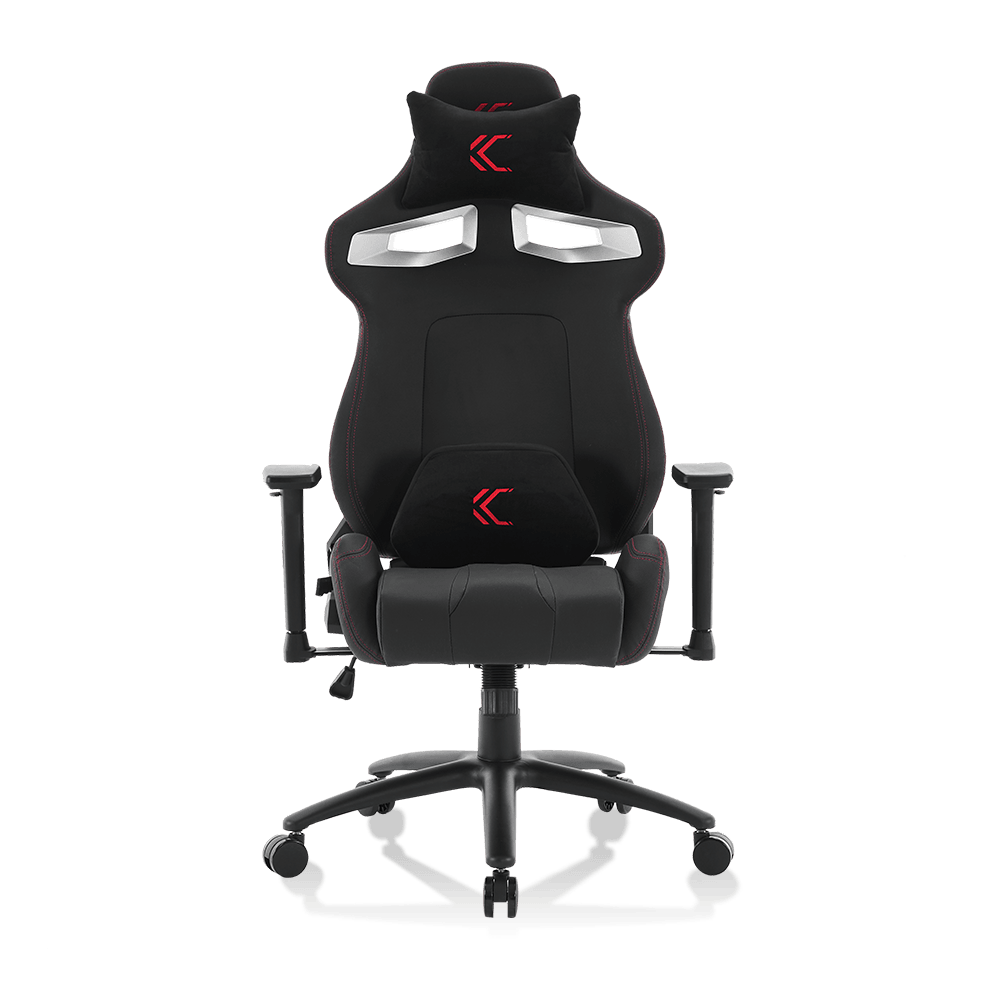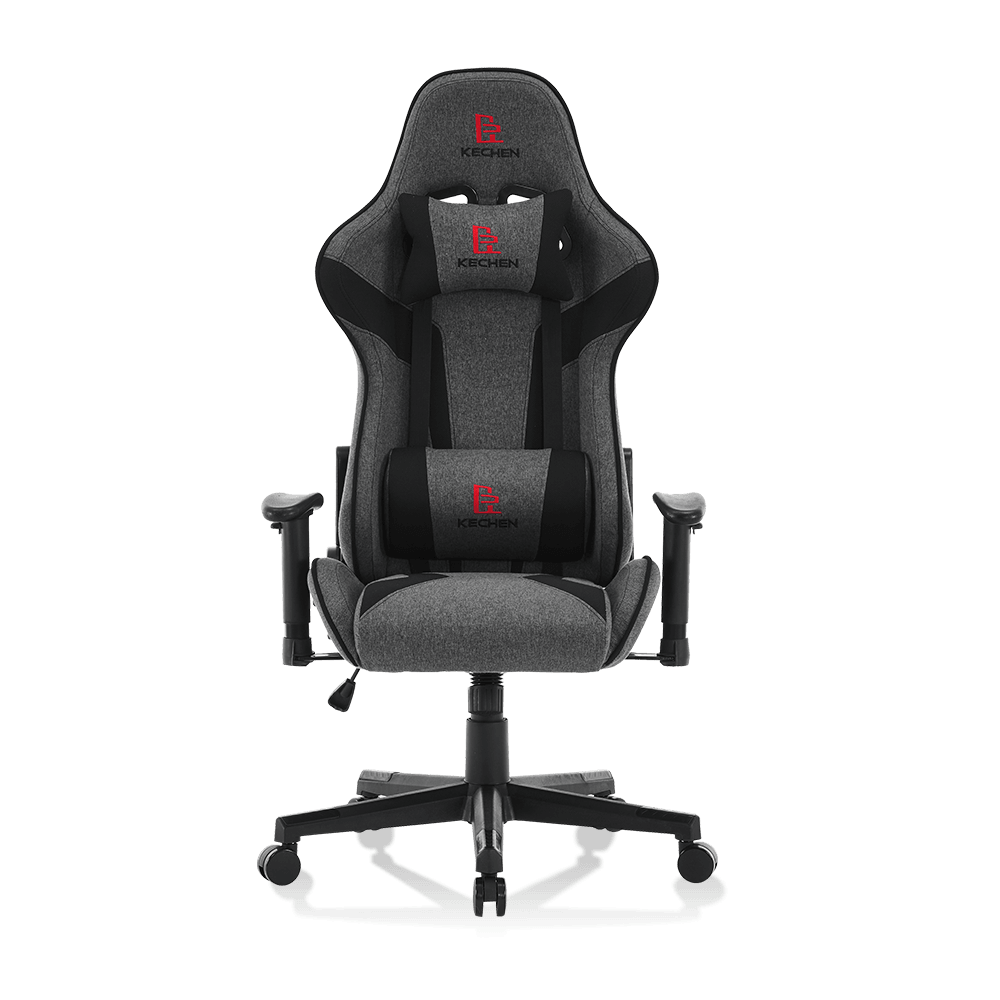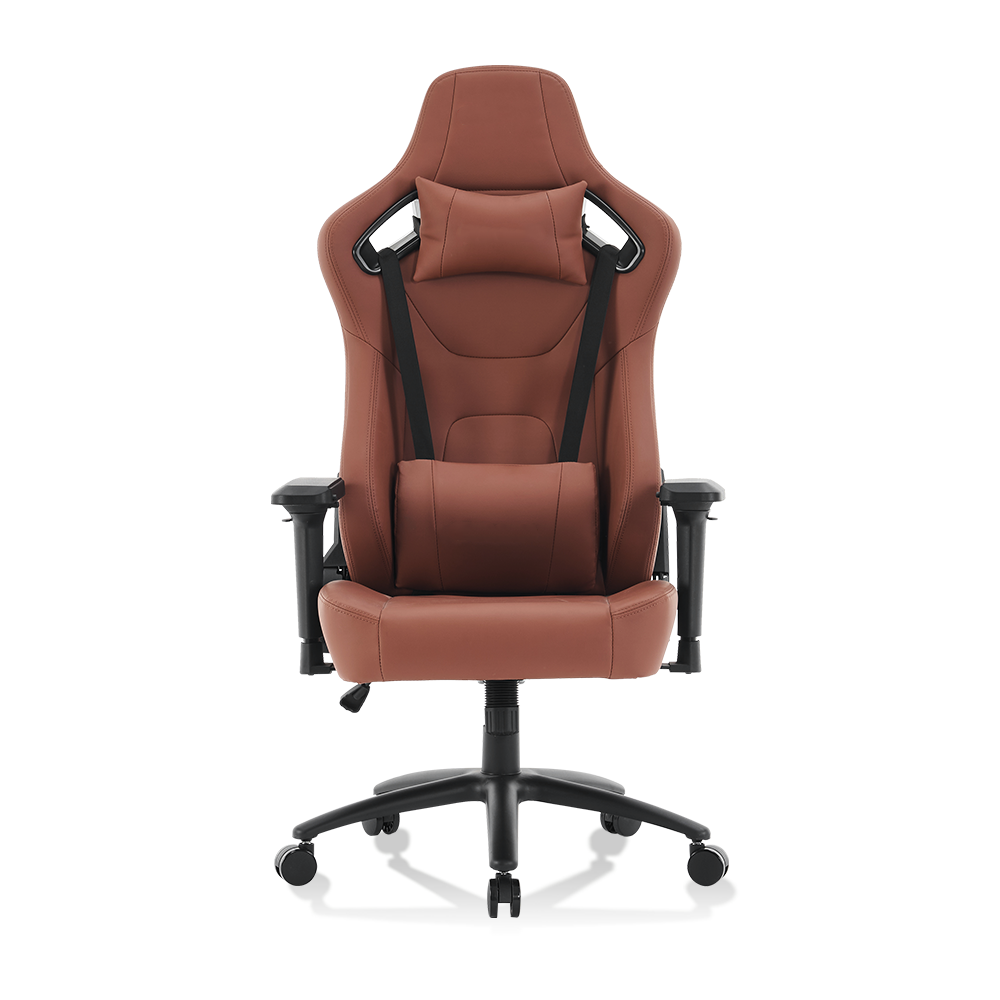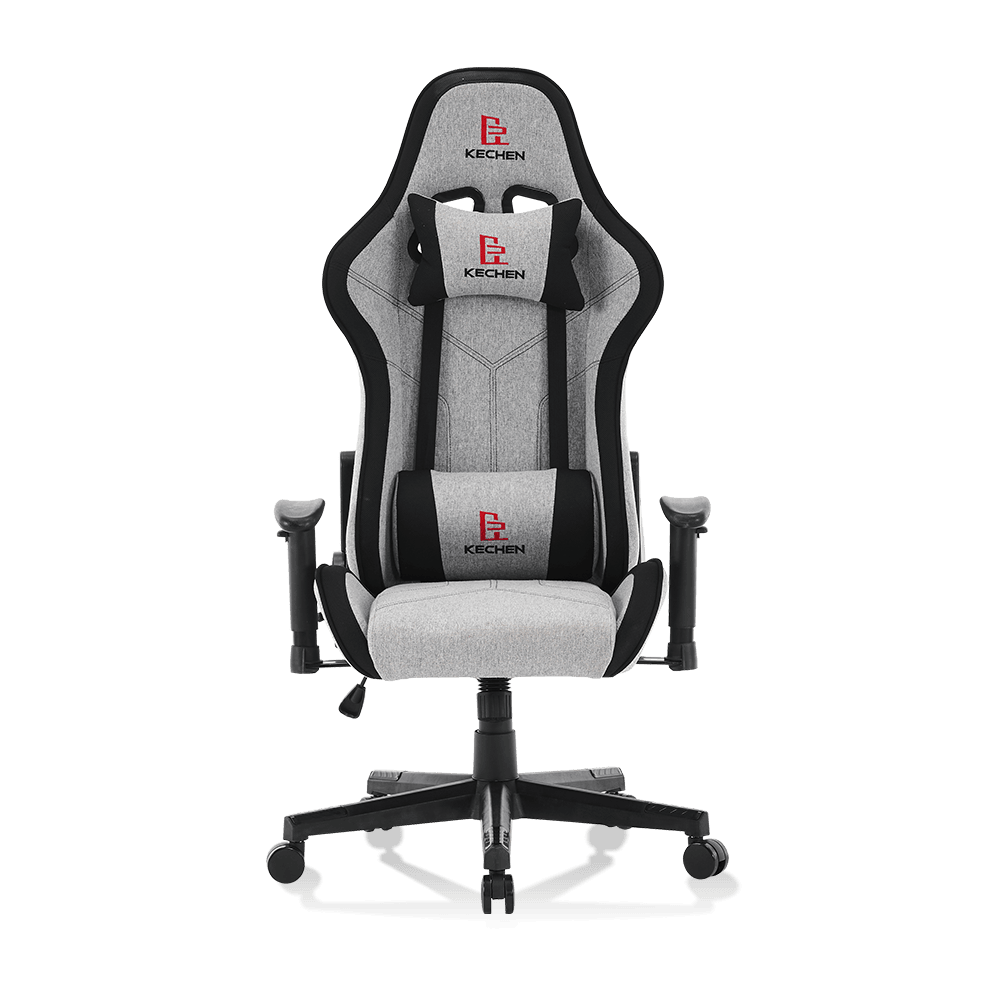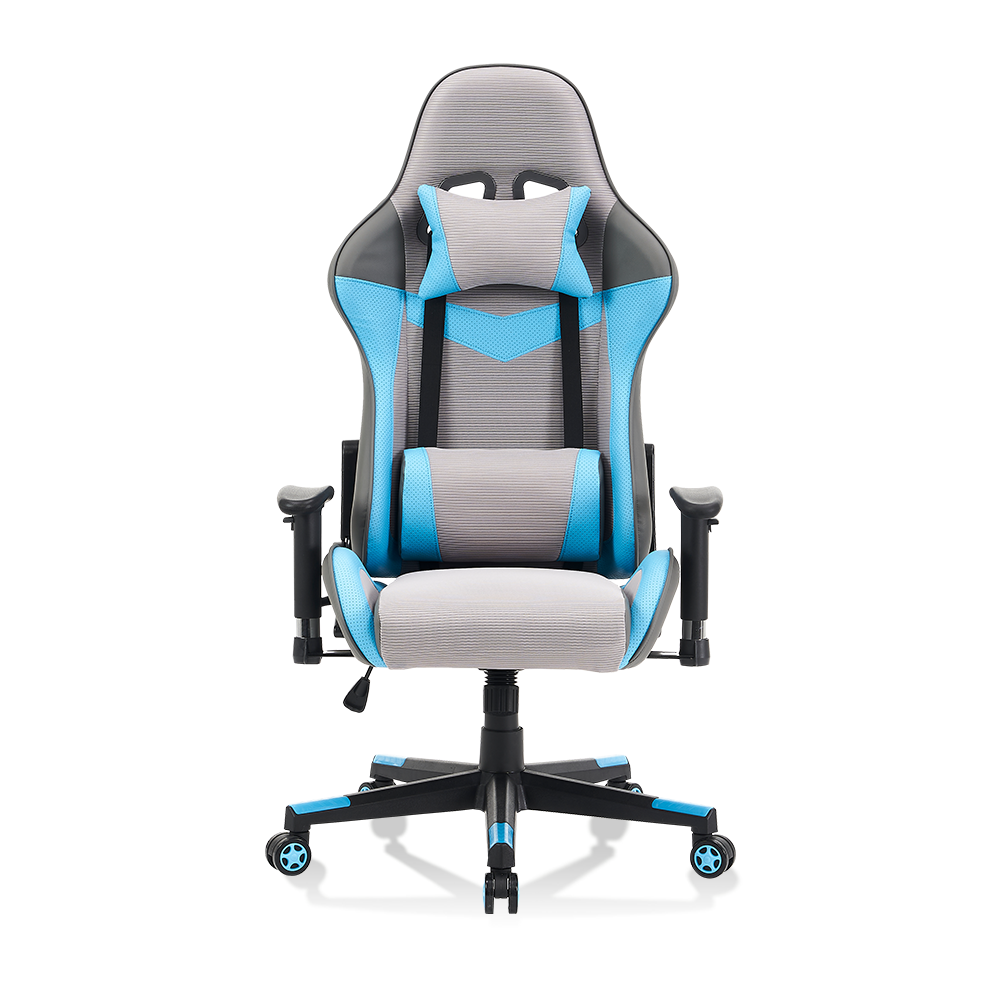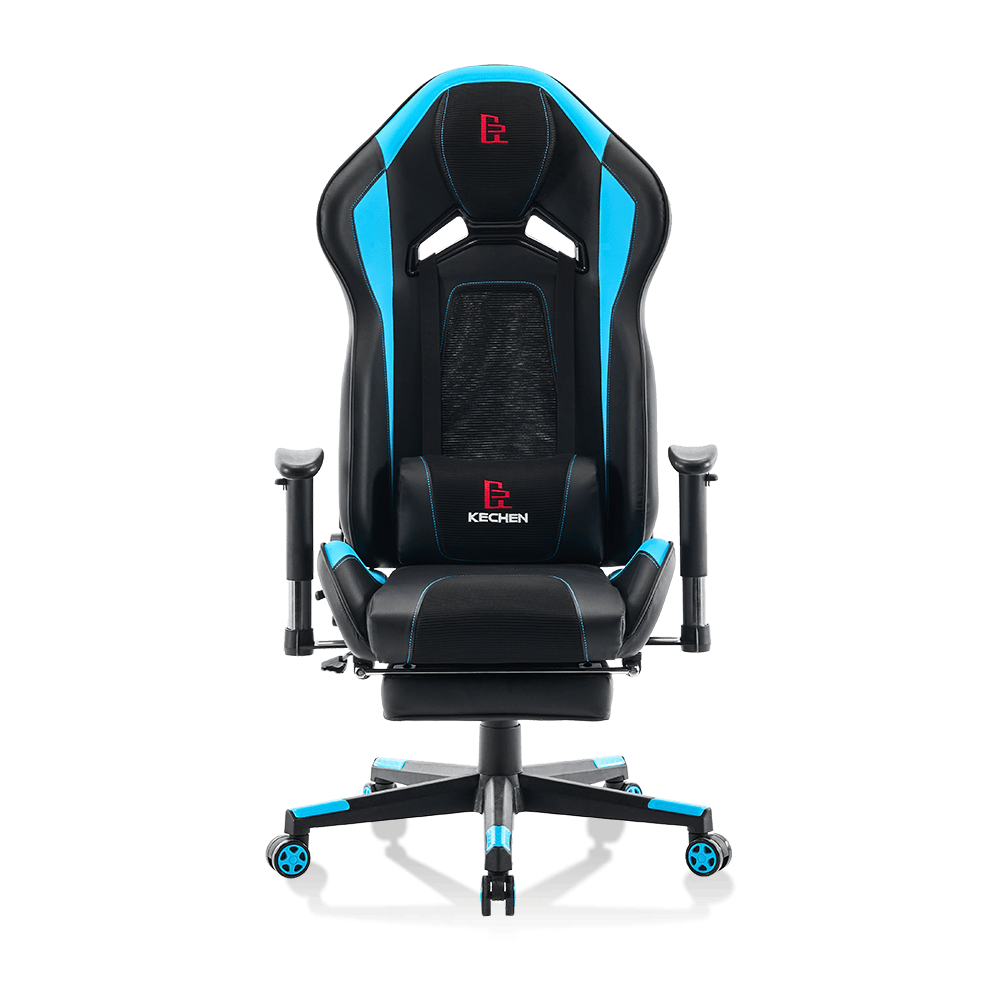In the world of gaming and prolonged desk work, an ergonomic computer gaming chair is no longer a luxury but a necessity. True ergonomics goes beyond mere aesthetics; it's about science-backed design that supports the body, enhances comfort, and promotes well-being during long hours of use. This article delves deep into the specific features that separate a genuinely health-conscious chair from a standard one, ensuring you know exactly what to look for to protect your posture and boost your performance.
5188 Ergonomics Concept Gaming Chair PU Computer Chair
1. The Foundation of Support: Advanced Lumbar and Back Design
The lower back, or lumbar region, is often the first area to feel the strain of prolonged sitting. A truly ergonomic gaming chair for long hours addresses this with dynamic and adjustable support systems. Unlike fixed cushions, advanced designs offer adaptability to match the unique curvature of your spine, providing targeted relief and preventing slouching.
- Adjustable Lumbar Support: Look for chairs that allow you to modify the height and depth of the lumbar pillow or built-in mechanism. This ensures the support hits exactly where your spine needs it most.
- Synchro-Tilt Recline Mechanism: A high-quality recline function allows the seat and backrest to move in synchronization, maintaining a healthy open hip angle and reducing pressure on the spine during moments of relaxation.
- Built-in Lumbar Arch: Some chairs forgo the separate pillow for a sculpted backrest with an integrated lumbar curve, offering a more seamless and often more durable support solution.
Comparing Lumbar Support Types
To better understand the options, here is a comparison of the common lumbar support systems found in ergonomic chairs.
| Support Type | Key Feature | Ideal User |
| Separate Lumbar Pillow | Manually adjustable height and sometimes depth; often removable. | Users who want highly customizable, immediate comfort. |
| Adjustable Lumbar Mechanism | Built-in dial or lever to adjust the protrusion of the lumbar support. | Users seeking a clean look and integrated, firm support. |
| Fixed Lumbar Curve | Permanently molded into the backrest; non-adjustable. | Users whose spinal curvature matches the chair's design perfectly. |
2. Tailored Comfort: Materials and Adjustability
Comfort is highly subjective, which is why a one-size-fits-all approach fails in ergonomics. The best chairs offer a wide range of personalization options, from the materials used to the precise positioning of every component. This level of customization is crucial for achieving the best ergonomic position for gaming.
- High-Density Molded Foam: The core cushioning should be resilient enough to prevent bottoming out over time, distributing weight evenly to avoid pressure points.
- Multi-Layer Upholstery: Combinations of breathable mesh, premium PU leather, and fabric are used in different zones to optimize for cooling, durability, and comfort.
- 4D Armrests: Armrests that adjust up/down, in/out, forward/backward, and pivot side-to-side allow your elbows and forearms to rest naturally, reducing shoulder and neck strain.
3. The Science of Posture: Head-to-Toe Alignment
Ergonomics is the science of fitting the workplace to the user. A chair must actively promote a neutral body posture, which is the most sustainable and least stressful position for your joints and muscles. Understanding how to adjust an ergonomic gaming chair is as important as the features themselves.
- Headrest Alignment: An adjustable headrest should cradle the back of your head, not push it forward. This supports the cervical spine and relieves tension in the neck and trapezius muscles.
- Seat Height and Depth: Your feet should be flat on the floor with knees at a 90-degree angle. The seat pan should be deep enough to support your thighs without pressing against the back of your knees.
- Backrest Angle: A recline range of 90 to 135 degrees or more allows for dynamic sitting, shifting between an upright working posture and a relaxed reclining position for reading or console gaming.
Optimal Adjustment Checklist
Follow this step-by-step guide to ensure your chair is perfectly tailored to your body.
| Component | Target Position | Health Benefit |
| Seat Height | Feet flat, knees at 90° | Promotes proper circulation and reduces leg pressure. |
| Seat Depth | 2-4 fingers between seat edge and knee | Prevents pressure on popliteal area (behind knees). |
| Lumbar Support | Fits snugly in the natural curve of your lower back | Maintains spinal S-curve, preventing slouching. |
| Armrests | Elbows at 90°, shoulders relaxed | Prevents shoulder hunching and wrist strain. |
| Headrest | Supports the base of the skull | Reduces neck and upper back strain. |
4. Durability and Build Quality: The Unseen Ergonomics
Ergonomics is also about long-term reliability. A chair that sags, squeaks, or breaks after a year fails its ergonomic purpose. The construction quality directly impacts the chair's ability to provide consistent support. This is a core principle at manufacturers like Zhejiang Anji Kechen Furniture Co., Ltd., where a full product chain system from design to quality testing ensures that every product is built to last, meeting rigorous demands for durability and sustained comfort.
- Class 4 Hydraulic Gas Lift: The highest commercial grade for smooth height adjustment and long-term stability and safety.
- Reinforced Nylon or Aluminum Base: A five-star base provides superior stability and weight capacity compared to cheaper alternatives.
- High-Grade Mechanisms: The tilt and recline mechanisms should operate smoothly without jerking or loud noises, a sign of quality engineering.
5. Beyond the Basics: Health-Focused Enhancements
For those seeking the ultimate in comfort and therapeutic benefits, some chairs incorporate advanced features. While not strictly necessary, these can be a deciding factor for users with specific physical needs, making it a key consideration when looking for an ergonomic chair with lumbar support and headrest that goes above and beyond.
- Massage and Heating Functions: Integrated vibrating modules in the lumbar and seat areas can help soothe muscle fatigue, though they are a comfort add-on rather than a core ergonomic feature.
- Balanced Recline Tension: The ability to adjust the force needed to recline ensures that the chair is responsive to your body weight, providing a personalized feel.
FAQ
What is the difference between an ergonomic office chair and a gaming chair?
While both are designed for prolonged sitting, they often have different design philosophies. Traditional ergonomic computer gaming chairs frequently emphasize bold aesthetics, integrated lumbar/headrest pillows, and deep recline functions suited for relaxation. Ergonomic office chairs typically prioritize minimalist aesthetics, advanced adjustable lumbar mechanisms built into the backrest, and breathable mesh materials. However, the line is blurring as many modern gaming chairs, like those developed by specialized firms, now incorporate the rigorous, science-backed ergonomic principles once exclusive to high-end office chairs.
How do I know if my gaming chair is ergonomic enough?
A truly ergonomic chair will feel supportive, not just soft, after several hours of use. You should not experience persistent numbness in your legs, aching in your lower back, or tension in your shoulders and neck. If you find yourself constantly shifting positions to get comfortable, your chair likely lacks critical adjustments like proper lumbar support for back pain or adequate seat depth. The hallmark of a good ergonomic chair is that you forget you're sitting in it because you are so comfortable and supported.
Can a good ergonomic gaming chair actually help with back pain?
Yes, absolutely. A well-designed ergonomic gaming chair for long hours plays a proactive role in spinal health. By promoting a neutral pelvic and spinal posture, it reduces the strain on the intervertebral discs, ligaments, and muscles in your back. The adjustable lumbar support is particularly critical as it helps maintain the spine's natural inward curve, counteracting the tendency to slouch which is a primary cause of sedentary lower back pain. It is, however, part of a solution that should also include regular movement and stretching.
Are ergonomic gaming chairs worth the investment?
Considering the amount of time people spend seated for work and leisure, investing in a high-quality ergonomic chair is an investment in your long-term health and productivity. A cheap, poorly supportive chair can contribute to chronic pain, reduced focus, and higher long-term healthcare costs. A well-made chair from a reputable manufacturer designed with ergonomic chair height and depth in mind can last for many years, providing daily comfort and support that pays for itself by safeguarding your well-being.



 Español
Español 日本語
日本語 Deutsch
Deutsch
